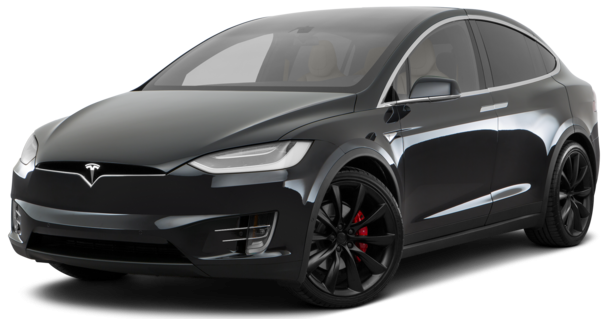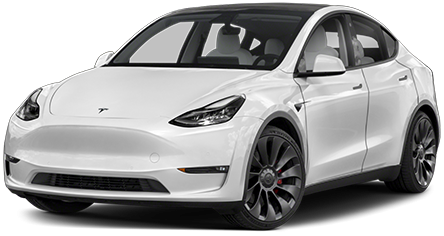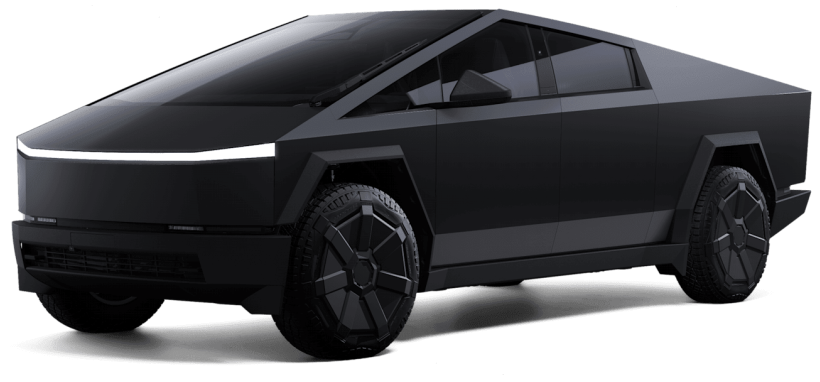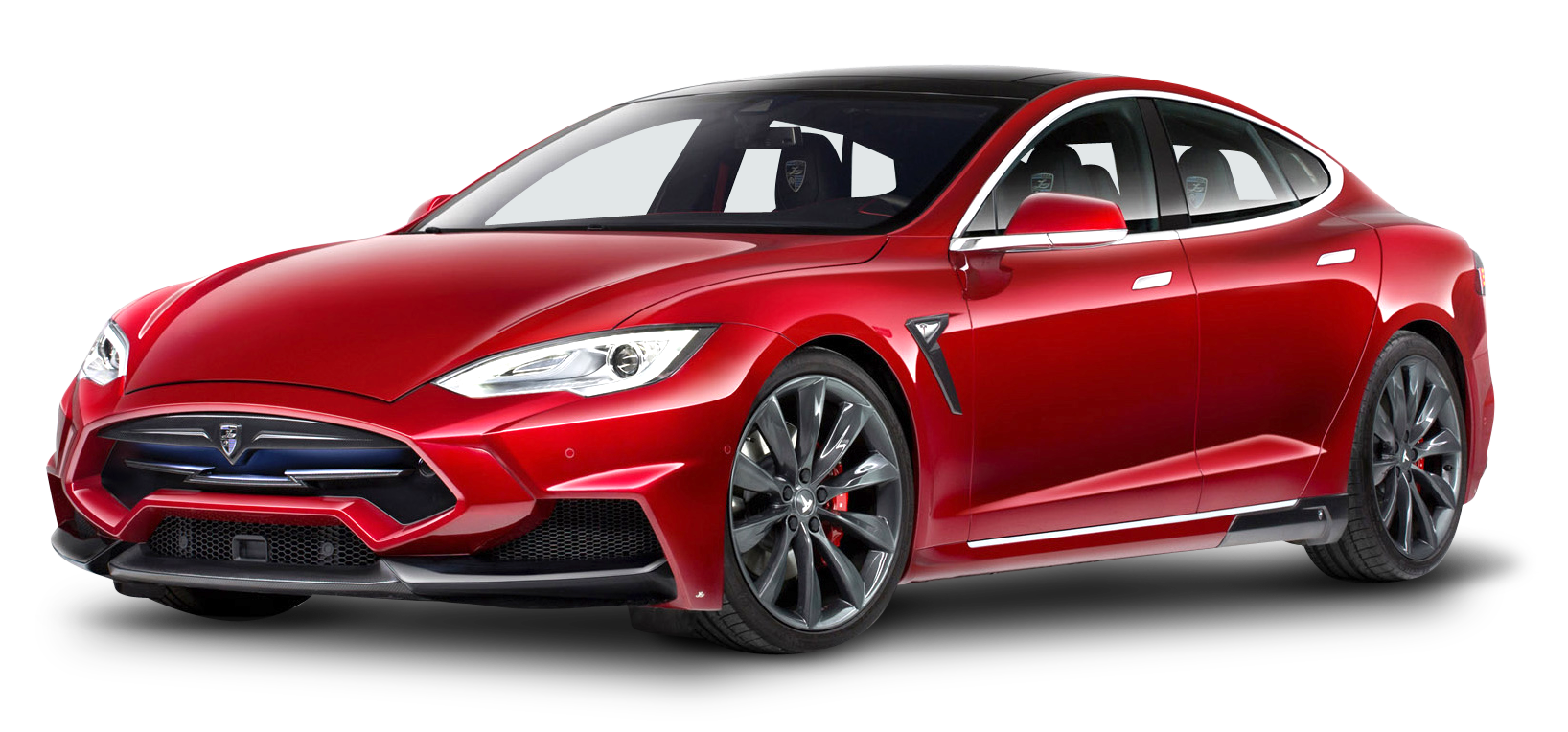Tesla Battery Technology Explained: Innovations Powering the Electric Revolution
Tesla is not just a car manufacturer; it’s a technology innovator, especially in the realm of electric vehicle (EV) battery technology. Understanding the innovations behind Tesla’s battery technology not only sheds light on its current success but also offers a glimpse into the future of electric transportation. In this post, we’ll explore the core aspects of Tesla’s battery technology and how it’s paving the way for an electric revolution.
The Heart of Tesla’s Innovations: Lithium-Ion Batteries
At the core of every Tesla vehicle is its lithium-ion battery pack. Unlike conventional lead-acid batteries, lithium-ion batteries are lighter, more efficient, and capable of holding a greater charge for longer periods. This efficiency is crucial in extending the range of EVs, making them a viable option for long-distance travel. Tesla has been at the forefront of optimizing these batteries for automotive use, ensuring they are not only powerful but also safe and long-lasting.
Advancements in Energy Density
One of Tesla’s significant achievements is the improvement in energy density—the amount of energy that can be stored in a given amount of space. Higher energy density means longer range without increasing the size or weight of the battery pack. Tesla’s continuous investment in research and development has led to batteries that allow vehicles like the Model S to achieve ranges of over 400 miles on a single charge.
Battery Management Systems (BMS)
The efficiency and lifespan of a battery heavily depend on how it’s managed. Tesla’s sophisticated Battery Management System (BMS) ensures that each cell in the battery pack is operating optimally. This system monitors the battery’s state, controls its environment, and balances the load among cells, thereby enhancing overall performance and longevity.
The Path to Sustainability: Recycling and Environmental Impact
Tesla is not just focusing on creating efficient batteries but also on making them environmentally sustainable. Battery recycling is a critical part of this strategy. Tesla’s recycling program aims to recover important battery components like lithium and cobalt, reducing the need for new mining and the overall environmental footprint of their batteries.
Supercharging Network: Fuelling the EV Movement
Complementing Tesla’s battery technology is its Supercharger network, enabling fast charging for Tesla vehicles. This network has been a game-changer, addressing one of the most significant concerns of EV owners: range anxiety. With rapid charging capabilities and widespread charging stations, Tesla is making long-distance travel with EVs more feasible than ever.
The Future: Innovations on the Horizon
Looking ahead, Tesla continues to innovate. The announcement of new battery designs and manufacturing techniques, such as the 4680 cells, promises even greater energy density and lower production costs. These advances are not just pivotal for Tesla but for the entire EV industry, as they hold the key to making electric vehicles more affordable and accessible.
Conclusion
Tesla’s battery technology is much more than a power source for its vehicles; it’s a cornerstone of the company’s mission to accelerate the world’s transition to sustainable energy. As Tesla continues to innovate and push the boundaries of what’s possible, its batteries will play a crucial role in shaping the future of transportation. The advancements in this technology symbolize a shift towards a cleaner, more sustainable future, with Tesla leading the charge in the electric revolution.





